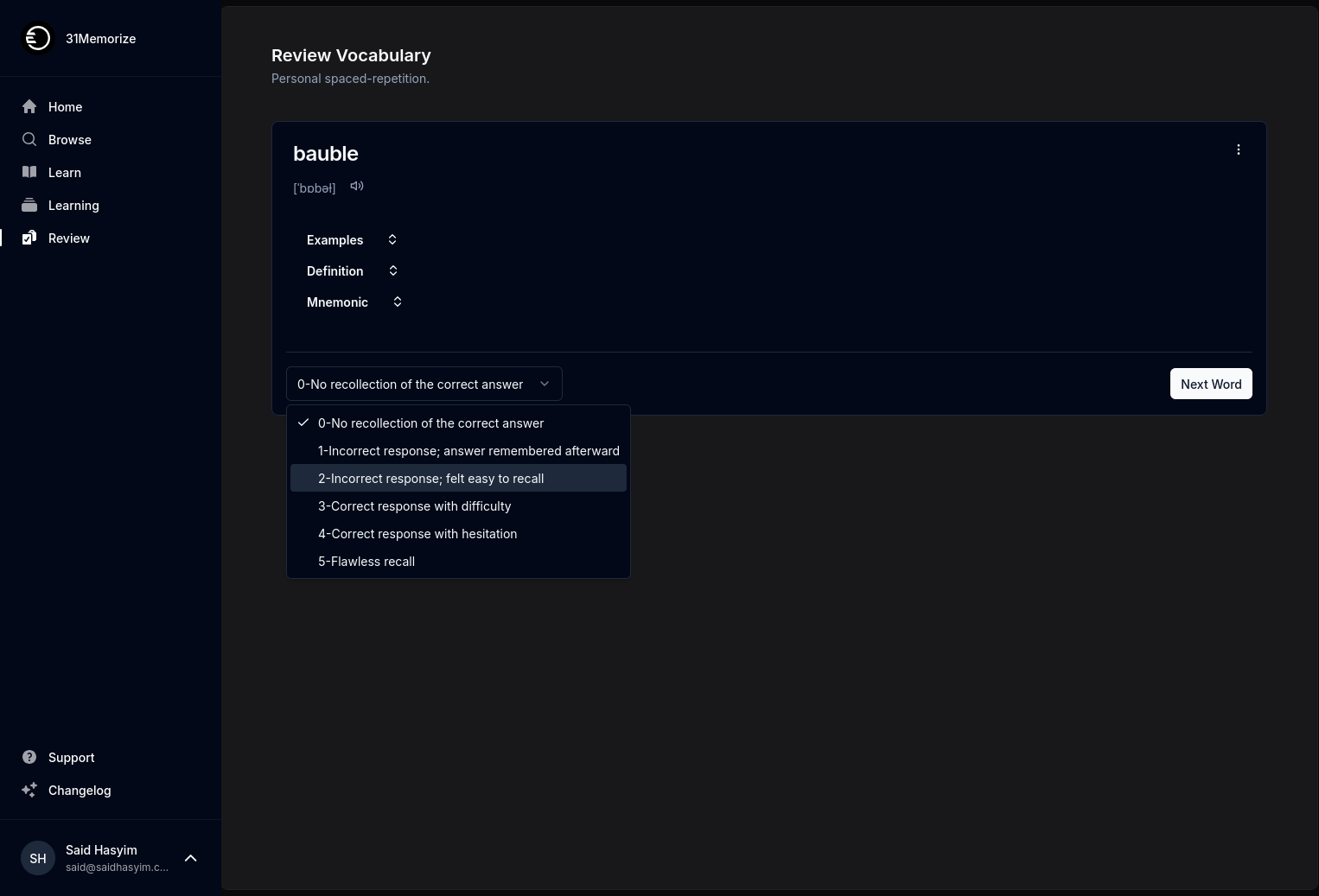Analyzing Book Ratings: What Can Authors Learn?
In the vast world of literature, where countless stories vie for readers' attention, one crucial aspect can make or break a book's success: its ratings. From fledgling authors to bestselling giants, understanding book ratings can provide invaluable insights into the perceptions of readers and the key factors that can lead a book to triumph or tragedy. This blog post delves deep into the realm of book ratings, offering an analytical lens for authors to understand what they can learn from the feedback they receive.
The Importance of Book Ratings
Book ratings serve as a simplistic metric for gauging a book's reception. They are a reflection of readers’ experiences and opinions, providing a quick glance at a book’s overall quality, story engagement, and character development. However, behind the numbers lies a deeper story. Authors can draw multiple actionable insights from analyzing not just the ratings themselves, but also the qualitative feedback that accompanies them.
What Do Ratings Really Mean?
Book rating systems can vary from one platform to another, but generally, they work on a scale. Some platforms use a five-star system, while others may adopt a ten-point scale. Here’s what authors should consider when interpreting these ratings:
Average Rating: The overall average rating provides a snapshot of reader sentiment. High averages can indicate success, while low averages can signal issues worth investigating.
Distribution of Ratings: Beyond just the average rating, examining how ratings are distributed (e.g., the percentage of five-star, four-star, etc.) can provide insight into reader satisfaction. A book with an average rating of 4.0 might be seen positively, but if most ratings are 3 stars, it could suggest a lack of enthusiasm among readers.
Trends Over Time: Tracking how a book's ratings and reviews evolve over time can show how reader perception changes and could signal the effectiveness of marketing strategies, improved content, or changes in public interest.
Strengths and Weaknesses in Feedback
One of the most enlightening aspects of analyzing book ratings is the qualitative feedback often provided in reviews. Authors can gain a better understanding of what resonated with readers and what didn't. Here are some key takeaways:
Positive Feedback
What Works: Highlighted themes, character development, pacing, and engaging plots can provide clear indicators of strengths. If reviewers consistently praise certain aspects of the book, it’s evident those elements resonated well with the audience.
Audience Connection: Emotional impact and relatability are crucial for building a loyal readership. Positive comments about how characters resonate with readers can inform future works and strategies for character building.
Genre Execution: If positive feedback mentions how a book adheres to or innovates within its genre, authors can understand expectations and areas for creative exploration.
Constructive Criticism
Common Complaints: Negative reviews can sting, but they also offer a wellspring of insight. Repeated comments about pacing issues, character motivations, or convoluted plots should signal an area for revision or improvement.
Reader Demographics: Feedback often reveals if a book did well with its target demographic. Authors can discern if any gaps exist between the intended audience and the actual readers, elucidating choices for future projects.
Learning Style Preferences: Some readers may prefer a certain narrative style or structure. Authors can glean which storytelling techniques either engage or disengage their intended audiences.
Reader Engagement and Relationship Building
High ratings can attract more readers, but equally important is understanding the dynamic between authors and their audience. Authors should consider how ratings influence community building:
Authentic Interaction
Engagement with readers through reviews — whether responding to comments, discussing feedback, or simply thanking readers — fosters a sense of community. Authors can cultivate a loyal reader base which can, in turn, lead to word-of-mouth recommendations.
Fostering Loyalty
By valuing reader opinions, authors can nurture a sense of investment in their journey. Building a platform that emphasizes interaction and reader involvement can bolster goodwill and raise a writer’s profile.
Adapting Marketing Strategies
Understanding book ratings can also have practical implications for an author’s marketing strategies. Here’s how:
Targeted Marketing
By analyzing review trends and reader demographics, authors can identify their core audience and tailor their marketing strategies. For instance, if younger readers rate a book highly, it may be prudent to focus social media marketing efforts on platforms frequented by that demographic.
Continuous Improvement
Use ratings and reviews as a compass for future publications. Readers may express preferences for a particular style, theme, or genre. By adapting to these insights, authors can continuously improve and better align their projects with reader desires.
Concluding Thoughts
Book ratings are much more than just numbers on a screen; they are a profound reflection of reader engagement, preferences, and experiences. Authors can learn invaluable lessons by analyzing these ratings and the accompanying feedback. From identifying strengths and weaknesses in their writing to adapting their marketing strategies, the insights gleaned from reader ratings are crucial for growth and sustained success.
In an industry rich with stories and creativity, leveraging this feedback can help authors not only refine their craft but also connect more deeply with their audiences, creating literature that resonates and endures. As the literary landscape continues to evolve, those authors who embrace and learn from book ratings will be better equipped to navigate the waters of the publishing world, fostering success and celebrating the magic of storytelling.
Remember, the journey of an author is as much about listening to readers as it is about writing incredible stories. So, keep an open mind, read the feedback, and let the ratings guide you on your path to literary mastery!
